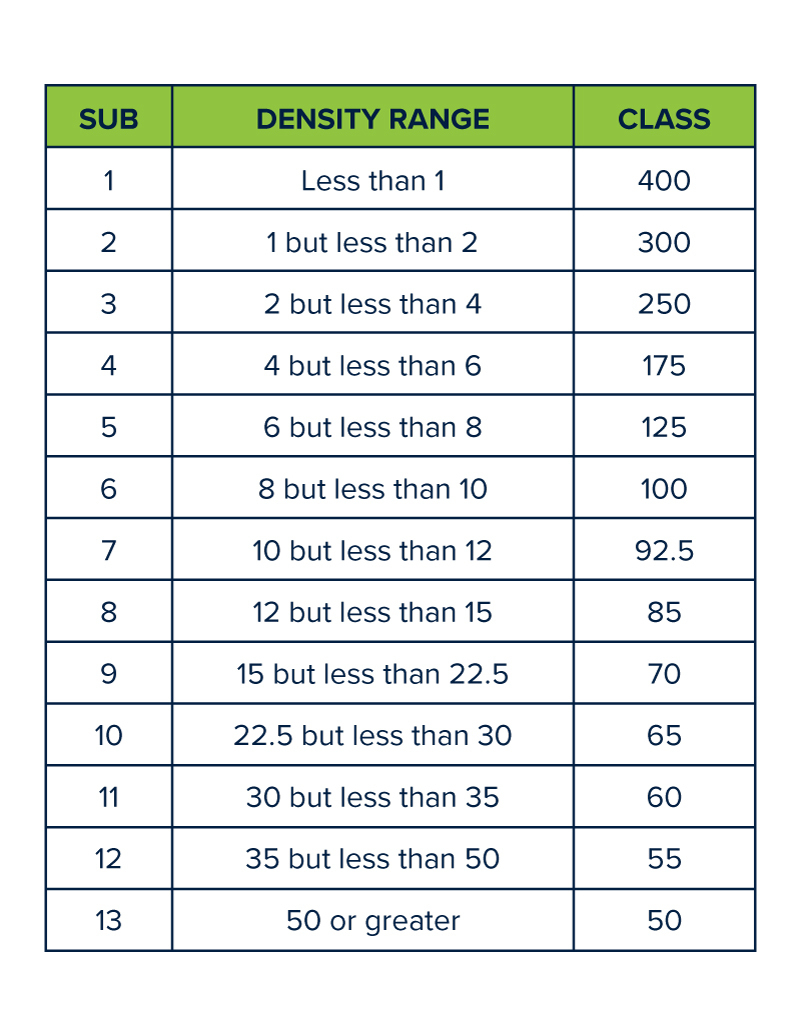
Understanding the July 19 NMFC Changes: What Shippers Need to Know
If you're shipping less-than-truckload (LTL), a major regulatory shift is coming your way. Starting July 19, 2025, the National Motor Freight Classification (NMFC) will undergo its most significant overhaul in decades, moving from a commodity-based system to a density-driven model under Docket 2025-1.
In plain terms? It means the way that your freight is classified—and priced—is about to change. And if you're not ready, you might be hit with unexpected costs or reclassification delays.
This update affects over 3,000 commodities, many of which will no longer be categorized by name but by weight, volume, and how well they’re packed. The goal is to simplify and streamline freight classification, but for shippers, it means more pressure to calculate density correctly, improve packaging, and accurately describe every shipment.
At JA Group, we know this kind of change can raise questions. That’s why our team is already guiding clients through the transition—helping adjust quoting strategies, rechecking package specs, and staying in sync with carriers.
As a nationwide brokerage and transportation partner, we’re deeply tuned into how these rule changes affect truckers, dock crews, and freight planners. If your freight is off-spec, gets reclassified mid-transit, or holds up billing, it’s not just an inconvenience—it hits your bottom line. That’s why we’re here to help you get ahead of it.
So, whether you’re an LTL regular or just dipping into pooled freight strategies, now’s the time to review your current NMFC codes, assess how density impacts your product classifications, and loop in your logistics team.
And if you’re not sure where to start? That’s what we’re here for. JA Group is ready to help you reclass, reweigh, and ride smoothly into this next phase of freight regulation, without the surprises.
NMFC 2025 Readiness Checklist
Be Prepared for the July 19 Density-Based Classification Update
Use this checklist to ensure your team, processes, and freight data are ready to shift from commodity-based to density-based LTL classifications.
Product + Packaging
Measure and record the exact dimensions (L x W x H) of each product type
Confirm and update the actual weight of all shipment SKUs
Recalculate freight density (in pounds per cubic foot) for every commodity
Review your packaging methods to ensure they align with NMFC’s stowability, handling, and liability guidelines
Make adjustments to packaging or palletizing where needed to reduce classification risk
Documentation + Codes
Verify current NMFC codes for all listed commodities
Cross-reference codes with Docket 2025-1 to determine if they’re affected
Update your bill of lading templates to reflect any revised classifications
Keep clear, accessible documentation on how density was calculated
Quoting + Pricing
Notify your internal quoting team or software vendor of NMFC changes
Update LTL pricing logic in TMS or quoting systems to include density inputs
Run sample quotes under the new system to identify cost impacts
Review freight contracts with carriers and brokers for updated terms
Internal Communication + Training
Brief customer service and sales teams on changes that may affect quotes
Train warehouse and packing staff on new measurement and packaging standards
Set up a contact point at JA Group for real-time support on density and reclassification
Need help with any of this?
JA Group guides you through the NMFC changes with freight expertise and practical Midwest clarity.
Reach out today—we’ll help you reclass, reweigh, and quote confidently.

